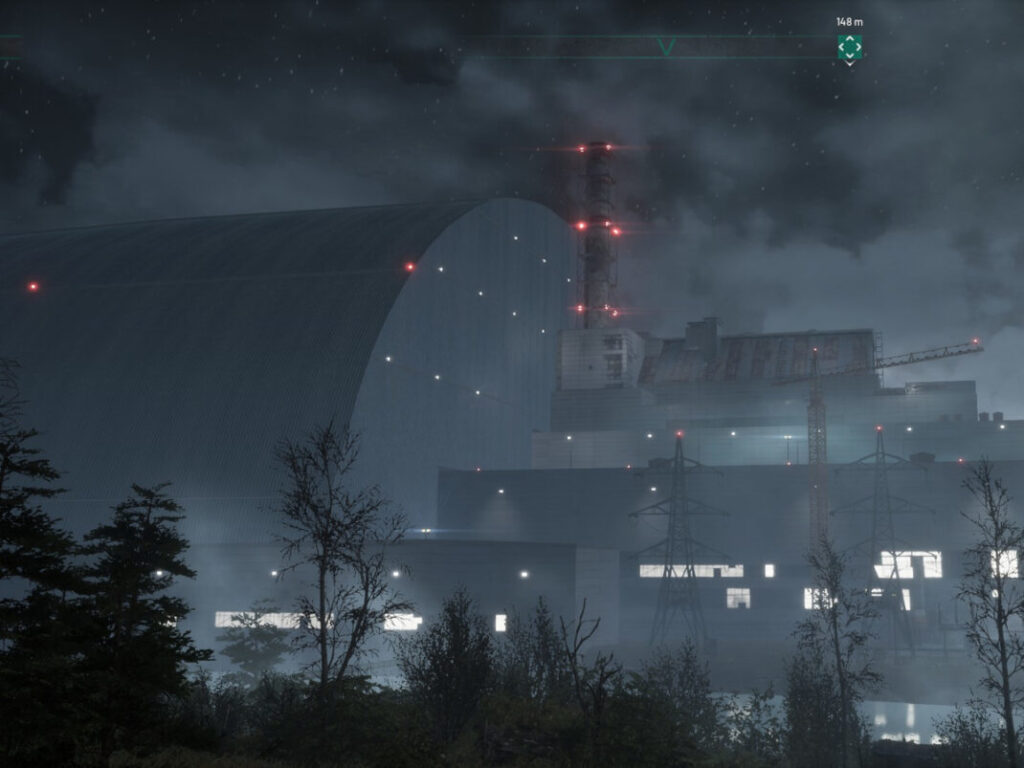Chernoyblite is the new game that thematizes the tragic events of the Chernobyl reactor disaster. I played the game shortly after the official launch of the full version. But what are the strengths and weaknesses of the new game?

TABLE OF CONTENTS
1 Chernobyl – a cultural phenomenon
2 On the border between fiction and reality
3 The story of Chernobylite
4th How successful is Chernobylite?
5 Conclusion on Chernobylite
When I first started Chernobylite, I had high expectations for the new game from Russia. The Chernobyl nuclear disaster has fascinated and occupied me for years, so the concept of the game appealed to me directly. Here I will tell you whether my hopes have been fulfilled and whether the game is actually worth it.
CHERNOBYL – A CULTURAL PHENOMENON
The Chernobyl reactor disaster occurred on April 26, 1986. What was a tragic accident at the time, about which there was a lot of secrecy and corruption, is slowly making its way into popular culture .
We’ve seen it before on STALKER, not least on the HBO documentary series: Chernobyl fascinates people. It is radioactive radiation, the invisible enemy, that amazes people. So dangerous and yet completely invisible. The effects of radiation are enormous, mutations, the infamous and cruel radiation sickness and much more. Radioactivity has always stimulated people’s imagination.
From terrible mutants to the complete destruction of the world in nuclear war. One thing is clear: radioactivity creates fear. The Chernobyl reactor disaster has thus become a symbol of the feared and unknown. Never before has there been such a devastating accident that affected so many people around the world. What was previously touted as the cleanest and safest method of generating energy was now the cause of fear.
ON THE BORDER BETWEEN FICTION AND REALITY
Chernobylite is at an interesting intersection between real-life experiences of the 1986 reactor disaster and elements of pure fiction. In parts the game is immensely realistic, for example it shows original recordings in the introduction to the game and the game map was modeled on real 3D scans of Chernobyl.

Still, this is a science fiction game . The “Chernobylite” already hinted at in the name of the game does not exist in reality. In the game, Chernobylite is a new type of element which, as an unstable source of energy, has the ability to manipulate space and time. Of course, this is unthinkable in the real world.
The game is definitely in the realm of science fiction, but contains far-reaching, realistic elements that make the game more immersive and believable. The story of the game is also fictitious, but at its core contains elements that are not completely unrealistic.
THE STORY OF CHERNOBYLITE
At the very beginning of the game, Tatyana is introduced as the vision of the protagonist, Igor. She is your fiancée, who was lost in the reactor disaster 30 years ago. She gives tips, guides you through the forest and gives you her assessments of some decisions. Whether or not you ultimately want to listen to their advice is entirely up to you, however.
The first part of the story takes you straight to the heart of the zone: to the nuclear power plant itself. You are accompanied by two hired soldiers and your goal is to collect new types of Chernobylite. But no sooner do you succeed than an enemy appears who will pursue you for a long time.
HOW SUCCESSFUL IS CHERNOBYLITE?
The start of the game is a bit confusing and jumps back and forth between different elements. At first, this erratic type of storytelling may be a little off-putting, but it doesn’t last long. The jumps between tutorial sequences, visions and then the beginning of the actual story prepare you well for the turbulent world of Chernobylite.
Chernobylite is a game with a lot of potential. The developers wanted to achieve a lot with the game, in addition to a combat and weapon system, base building and an interactive open-world experience, there are many other elements such as team management that flow into the game. Overall, we succeeded, but it is no coincidence that large development studios often limit themselves to just a few of these elements.
The more different systems and mechanics flow into a game, the higher the chance for errors and ambiguities. With Chernobylite, these small defects do not show up in the individual systems, which have so far worked ideally for me, but in more general problems.

The first problem is motion blur. I’m not a sensitive person, but it’s set so high that even I felt a little queasy. Fortunately, this can be easily deactivated in the menu. The game also has an immense problem with screen tearing. The frame rate is very stable at 60FPS and only drops in loading sequences where it does not cause any problems, but the screen tearing is sometimes extreme.
Fortunately for Chernobylite, the screen tearing even fits into the gaming experience in a funny way. Besides all the other effects, it doesn’t seem so strange at all. However, in more peaceful moments, such as when basebuilding, you notice that it is definitely a lack of an otherwise successful game.
Otherwise, the game is really a hit: visually it’s extremely appealing, the map is actually incredibly accurate and realistic. The dialogue is well done and the main mechanics in the game work fine.
CONCLUSION ON CHERNOBYLITE
For anyone interested, Chernobylite is definitely a clear recommendation. The game is well made, not too expensive and you get what you expect. The minor deficiencies in terms of motion blur and motion blur are easy to see. I will definitely spend many more hours in the game and can only recommend it. Given that it was developed by a relatively small studio, the game is a complete success.


